Why Opt for AI to Emulate Van Gogh’s Style?
Using AI to mimic Van Gogh’s unique painting style is a game-changer in the art and tech world. This method combines the deep history of traditional art with today’s cutting-edge technology. It’s not just about copying Van Gogh’s famous textures and colors; it’s about opening new doors to appreciate and understand art through the lens of artificial intelligence.
As we navigate this exciting intersection of AI and art, we’re prompted to think about what the future holds. How can artificial intelligence not only replicate but also enrich our interaction with art? This exploration could lead to new ways of experiencing art, making it more accessible and insightful for everyone.
Key Takeaways
- AI merges art and tech, making Van Gogh’s style more accessible.
- Cost-effective and innovative, it democratizes art creation.
- Preserves cultural heritage, ensuring Van Gogh’s legacy lives on.
Unmatched Precision
Using cutting-edge technology, the recreation of Van Gogh’s iconic style has reached a new level of accuracy. This isn’t just about copying his look; it’s about deeply understanding and reproducing the essence of his art. The technology carefully studies Van Gogh’s brushstrokes and colors, ensuring every detail is captured with remarkable precision.
The technology’s consistency is key in maintaining the true spirit of Van Gogh’s work across various pieces. It ensures that the unique elements of his style are consistently applied, preserving the authenticity of the emulation. This attention to detail allows the recreated artworks to convey the same emotional impact and visual appeal as the originals.
Infinite Creativity
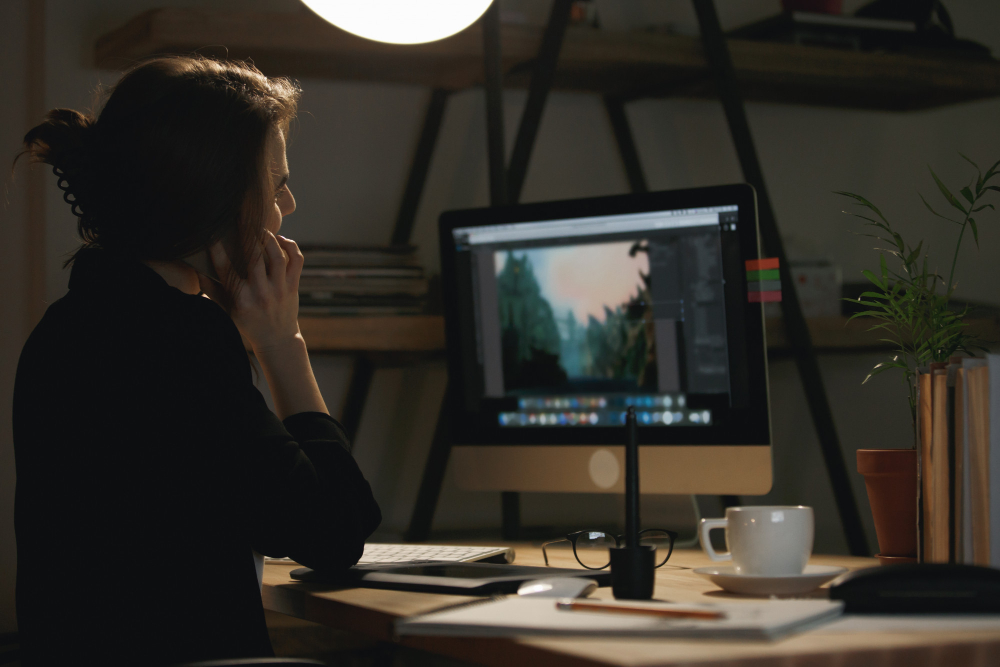
Artificial Intelligence (AI) has opened up a new world of artistic possibilities, making it easier than ever to recreate the unique style of Vincent van Gogh. This technology has mastered the art of mimicking van Gogh’s famous brushwork and use of color. Now, anyone can create landscapes, portraits, and still lifes that feel as if van Gogh himself painted them. This advancement allows artists to push the boundaries of creativity, blending van Gogh’s techniques with their own ideas to produce original works.
The ability of AI to accurately imitate van Gogh’s style not only honors his legacy but also takes modern art to new places. Artists have the freedom to mix and match aspects of van Gogh’s work, creating a fertile ground for innovation. This combination of traditional art and new technology highlights the significant impact AI has on expanding the realm of what’s possible in art.
Using AI to replicate van Gogh’s approach offers endless opportunities for creativity. It encourages artists to think outside the box and venture into new territories of artistic expression. The merging of AI with van Gogh’s timeless methods is a powerful example of how technology can transform the way we create art.
Scalable Artistry
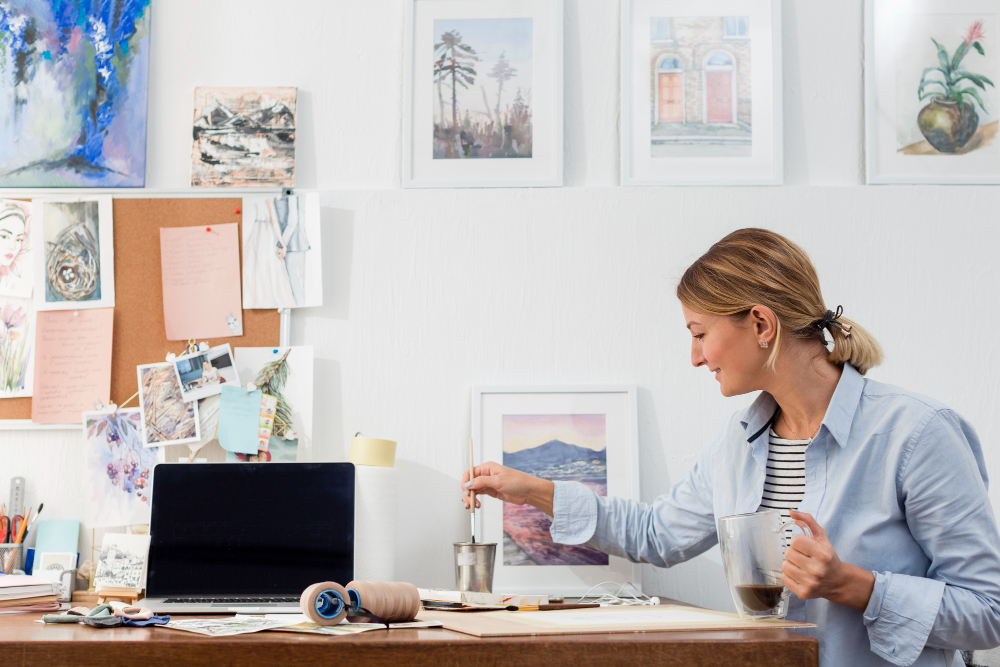
Using AI in creating art has changed how artists can mimic van Gogh’s famous style, making it easier to produce many pieces that still keep his unique touch. These AI tools study van Gogh’s brushwork and colors, allowing for the large-scale creation of art that mirrors his style while keeping its original feel and complexity. This isn’t just about making more art; it’s about ensuring each piece remains true to van Gogh’s vision.
The technology’s ability to learn from a huge amount of data means it can closely copy the detailed aspects that make van Gogh’s work stand out. This includes how he played with texture, light, and shadows to bring depth and emotion to his paintings. Reproducing these elements consistently shows how precise AI is in replicating van Gogh’s artistic signature.
Moreover, using AI to recreate van Gogh’s style gives artists new ways to experiment with different artistic techniques. AI tools provide a solid base for artists to extend their creativity, all while honoring van Gogh’s legendary contributions to art.
Time Efficiency
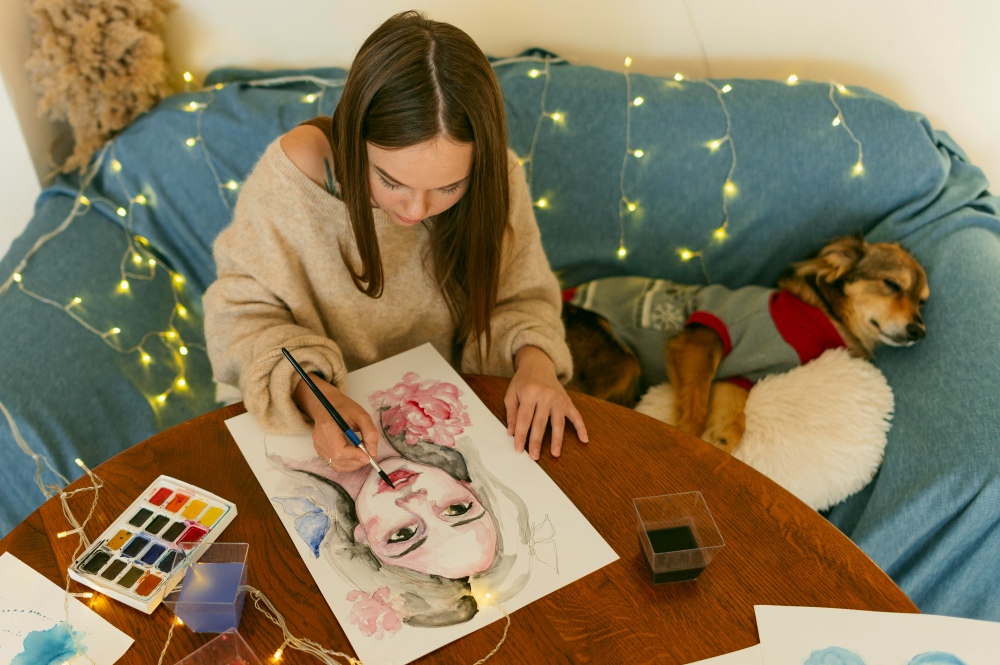
The advancement of AI technologies has significantly changed how artists create artworks, especially in emulating the distinctive style of van Gogh. This change is not just a small step but a huge leap forward, allowing artists to produce van Gogh-like art in ways we never thought possible.
One of the biggest benefits of using AI for this purpose is the speed at which artists can now work. Transforming any image to mirror van Gogh’s unique style happens in mere moments, a task that would have taken hours, if not days, by hand. This cuts down on the time artists spend on the technical replication of van Gogh’s techniques, freeing them up to focus more on the creative side of their projects.
Artists can now apply van Gogh’s style across a wide variety of artworks quickly, boosting their productivity. This shift allows artists to spend less time on the manual, labor-intensive aspects of art creation and more on exploring their creativity. It also encourages rapid experimentation, giving artists the room to try new things without a significant time investment, leading to greater innovation in art.
The use of AI to mimic van Gogh’s style efficiently is a game-changer for the art world. It makes art creation more accessible and opens up new possibilities for creativity and innovation.
Evolution of Style
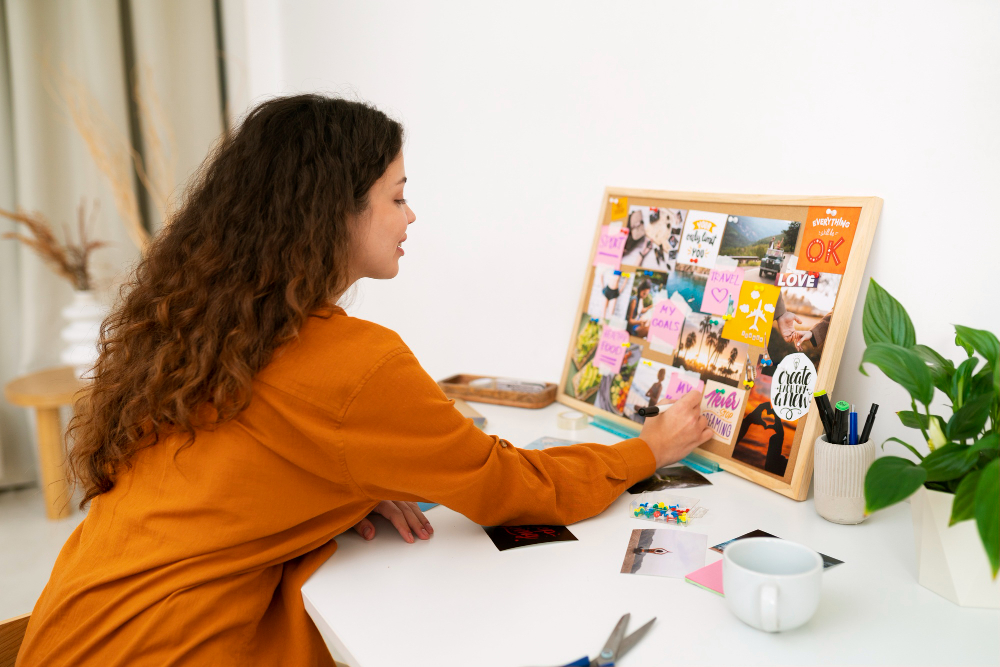
The journey of Van Gogh’s art is a story of transformation. He moved from dark, muted colors to a world exploding with vibrant hues and lively brushstrokes. This change wasn’t just personal; it reshaped the art scene, making color an essential tool for expression. Van Gogh’s later pieces, known for their unique color and shape use, showcase his role as a trailblazer in capturing a subject’s essence.
- Bold colors: He shifted from dull browns to lively yellows, blues, and greens.
- Dynamic strokes: His vigorous, sweeping strokes add a lively feel.
- Deep feelings: His art uses colors and textures to share his emotional and psychological states.
- Creative layouts: Mixing realism with abstraction, he challenged conventional views.
- Lasting influence: He encouraged artists to use color to express emotions.
Van Gogh’s evolution in style demonstrates his innovative use of colors and strokes to express deep feelings. This not only paved the way for future art styles but also serves as inspiration for AI in understanding style emulation.
Cost-Effective Solutions
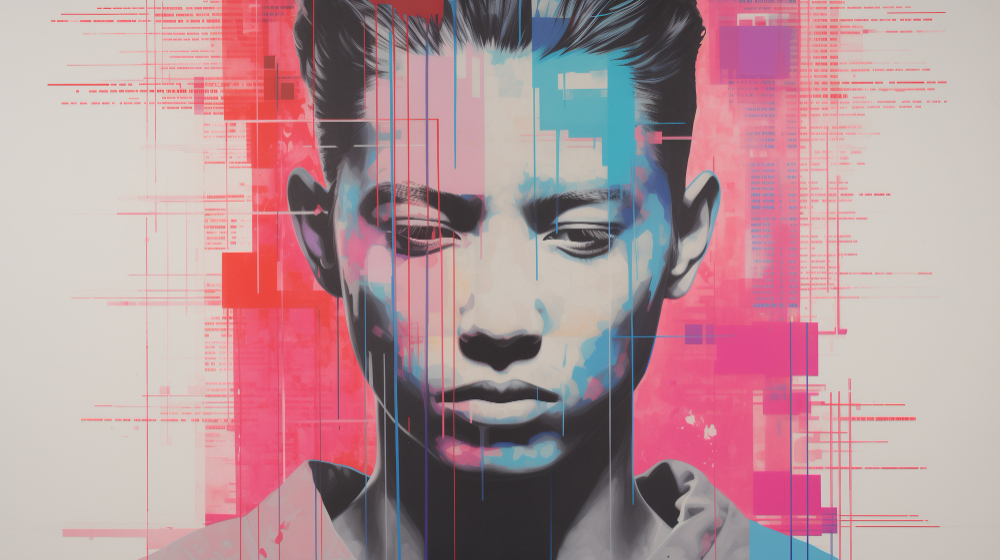
Venturing into the world of artificial intelligence provides a practical way to imitate Van Gogh’s unique style, offering a budget-friendly alternative to traditional art-making methods. AI significantly lowers the cost of creating art by eliminating the need for costly materials and extensive artist training.
AI algorithms can analyze and replicate Van Gogh’s distinctive brushstrokes and colors, saving both time and resources. This method isn’t just quick; it’s precise, capturing the artist’s techniques with a level of detail that would typically take years to master manually.
Additionally, AI technology makes it easier to produce art in Van Gogh’s style on a large scale. This process, once time-consuming and expensive, is now more efficient and cost-effective. This scalability means that creating high-quality art is no longer limited to those with deep pockets. AI makes art creation more accessible, ensuring quality isn’t sacrificed.
Accessibility for All
Artificial intelligence is transforming the way we approach artistic creation, allowing anyone to replicate the style of the renowned painter Vincent Van Gogh. This technology serves as a bridge, making it possible for people with varying levels of skill to engage in art-making. AI-powered tools are more than just programs; they are gateways to new forms of creative expression.
Accessible AI platforms feature user-friendly designs, making it easy for both artists and hobbyists to apply Van Gogh’s methods. No previous experience in painting or art history is needed to begin creating art, opening up opportunities for everyone to express their creativity. AI simplifies the process of art creation by breaking down Van Gogh’s famous brushstrokes and colors into easier steps for users to follow.
The availability of AI in art encourages a wide audience to try their hand at creating, helping to grow a worldwide community of creators. AI opens the door to artistic experimentation for everyone, offering a chance to create Van Gogh-inspired works. The intersection of innovation and accessibility in AI art makes Van Gogh’s style not only a historical landmark but also a modern-day inspiration for creators across the globe.
Collaborative Potential
Artificial intelligence is changing the game for artists by making it possible to create in the style of Vincent van Gogh. This isn’t about copying his work; it’s about using his techniques as a springboard for something new. AI gives artists a deep dive into van Gogh’s technique, from his brushwork to his use of color, which they can then use to make their own unique pieces.
Brushstroke Analysis helps artists get inside van Gogh’s head, learning how to recreate his dynamic approach to painting. Color Palette exploration means artists can use similar shades to bring their own visions to life, infused with van Gogh’s sense of color. The combination of AI and artists keeps van Gogh’s emotional depth alive in new works. It also opens the door to Creative Exploration, encouraging artists to blend van Gogh’s approach with their own ideas.
This collaboration is a big deal for art. It means not just imitating van Gogh but building on his legacy. Artists are finding new ways to express themselves, taking van Gogh’s innovative techniques and mixing them with modern creativity. This blend of old and new is creating a whole new type of art that keeps pushing boundaries.
Future Possibilities
Looking forward, the fusion of AI with art creates exciting opportunities for artists, especially in mimicking Van Gogh’s iconic style. This blend not only pushes the boundaries of creativity but also provides artists with new tools for personalization and innovation.
Artists can now use AI platforms for a real-time preview of their work in Van Gogh’s style. This technology offers instant visualization, helping artists refine their creations with Van Gogh’s signature touch. Interactive programs now offer feedback to artists, helping them closely match Van Gogh’s unique style. This guidance is crucial for artists aiming to perfect their technique.
AI’s potential to imagine what Van Gogh might have painted in different scenarios or times introduces a fascinating aspect of art creation. This allows for the exploration of ‘what if’ scenarios, adding depth to the understanding of Van Gogh’s work. Personalized art apps let individuals infuse Van Gogh’s style into their own photos or designs, blending classic artistry with personal experiences.
Furthermore, advanced AI tools are now teaching Van Gogh’s techniques, making his unique style accessible to a wider audience. This opens up art education to many, allowing more people to learn and experiment with Van Gogh’s methods.
Frequently Asked Questions
What Is the Advantage of AI PAInting?
- AI painting offers new creative possibilities.
- Mimics styles like van Gogh’s with accuracy.
- Expands art beyond traditional limits.
Is It OK to Use AI Art as Inspiration?
- Inspiration from AI art needs ethical consideration.
- Emphasize creativity over direct copying of AI art.
- Respect for intellectual property remains paramount.
Why Are People Using AI for Art?
- AI transforms art creation.
- Offers fresh ways to experiment.
- Streamlines artistic expression.
What Is the AI That Makes Art More Realistic?
- GANs make AI art look real.
- They copy details and textures well.
- Achieve believable artistic creations.
Conclusion
Using artificial intelligence to recreate Vincent van Gogh’s unique style marks a big step forward in blending technology with art. This method allows for exact replication and endless new creations while making it easier and cheaper to produce art.
It also makes creating art more accessible to everyone, encourages working together, and keeps old art styles alive for people in the future. Through the use of AI in art, we’re entering an exciting phase of creative and easy-to-reach ways of making art, showing how technology can change the way we create and keep our cultural heritage safe.